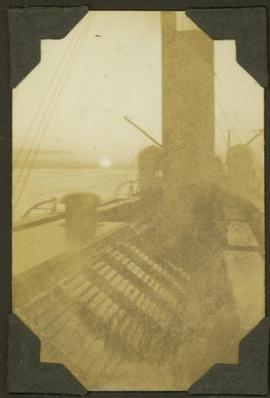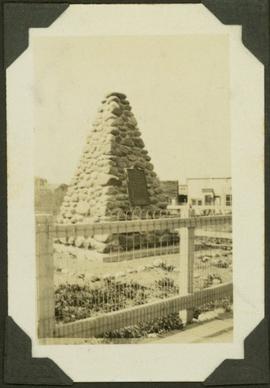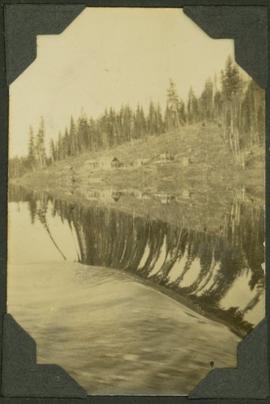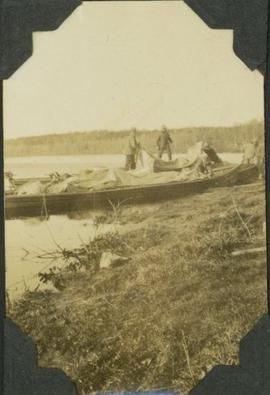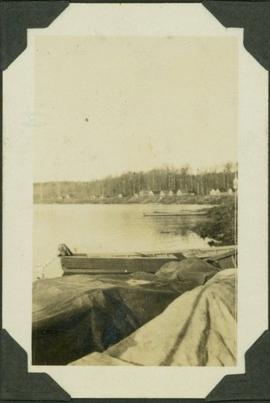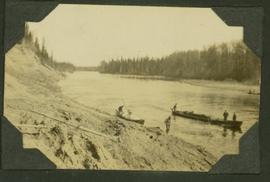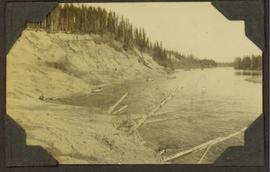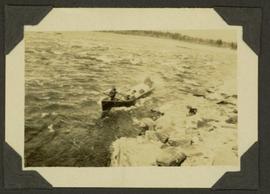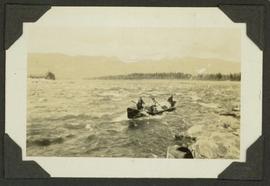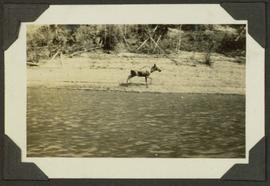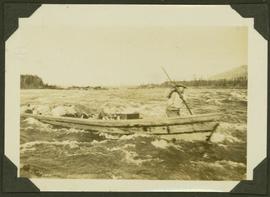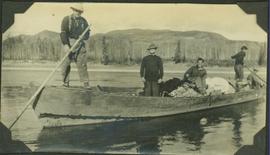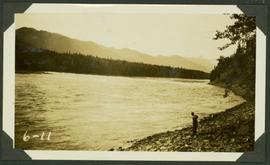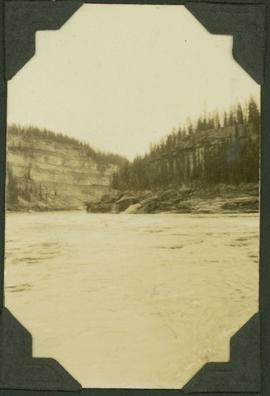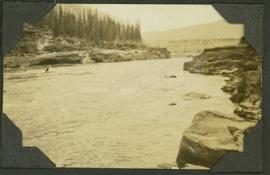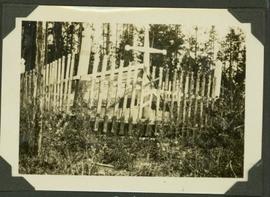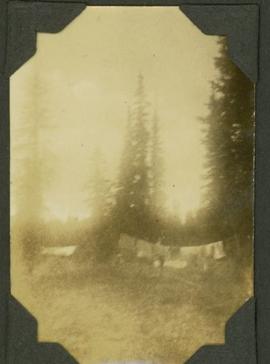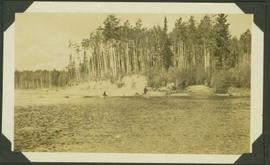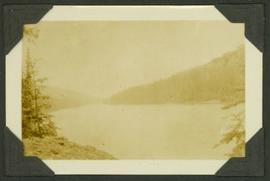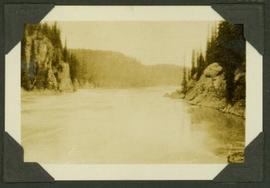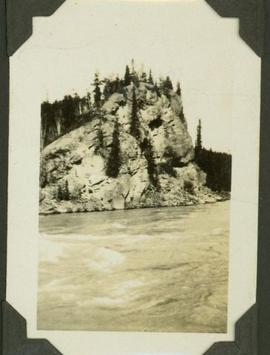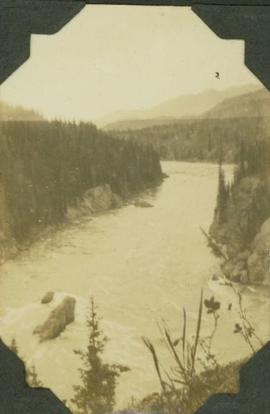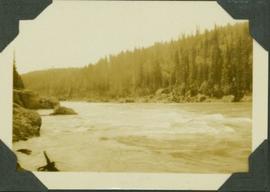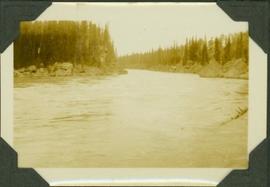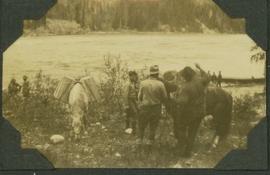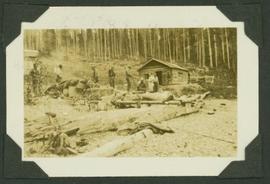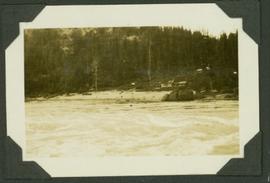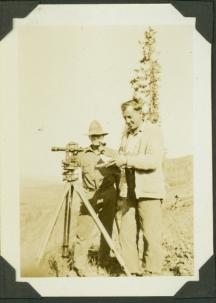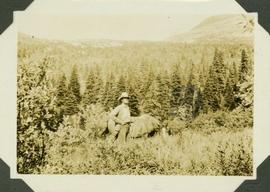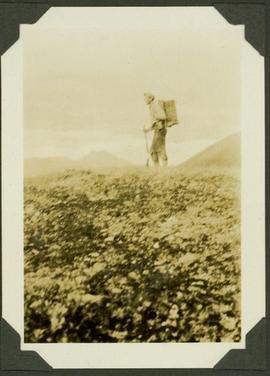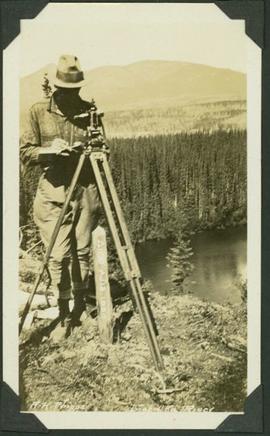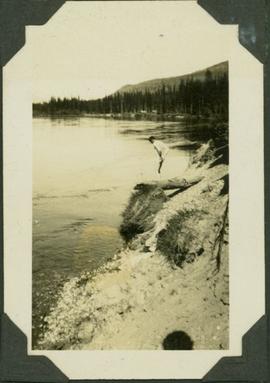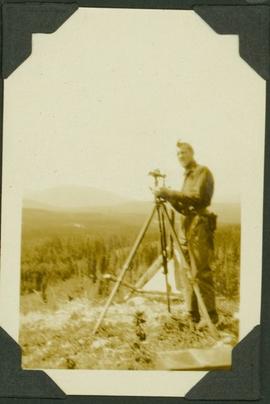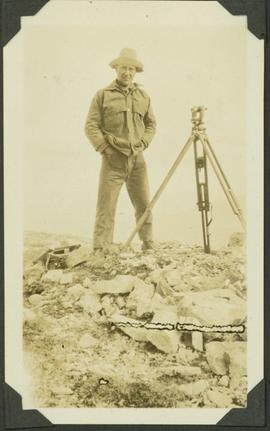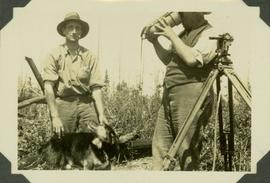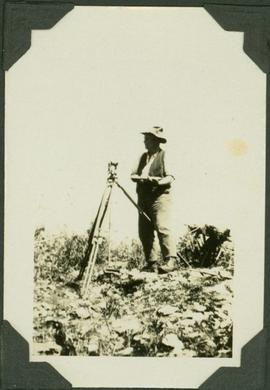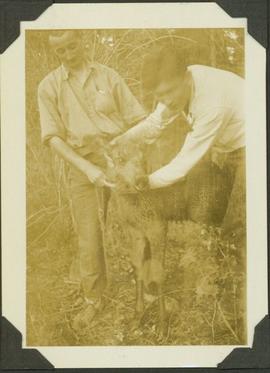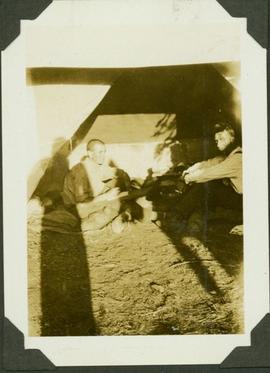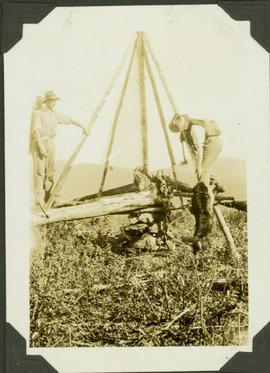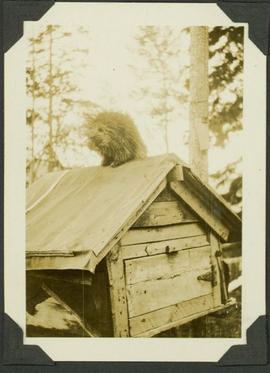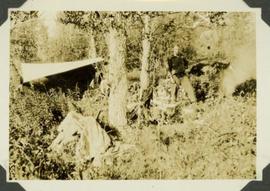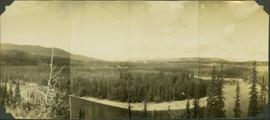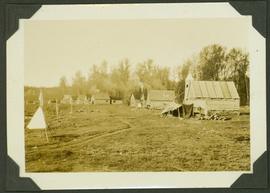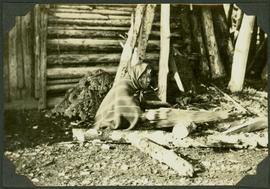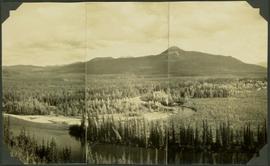Zone du titre et de la mention de responsabilité
Titre propre
Dénomination générale des documents
Titre parallèle
Compléments du titre
Mentions de responsabilité du titre
Notes du titre
- Source du titre propre: Title based on the contents of the collection
Niveau de description
Dépôt
Cote
Zone de l'édition
Mention d'édition
Mentions de responsabilité relatives à l'édition
Zone des précisions relatives à la catégorie de documents
Mention d'échelle (cartographique)
Mention de projection (cartographique)
Mention des coordonnées (cartographiques)
Mention d'échelle (architecturale)
Juridiction responsable et dénomination (philatélique)
Zone des dates de production
Date(s)
-
ca. 1920 - ca. 1990 (Production)
- Producteur
- Sans titre
-
ca.1920 - ca.1990 (Producteur d'archives)
- Producteur d'archives
- Sans titre
Zone de description matérielle
Description matérielle
6.20 cm textual records and other material
Zone de la collection
Titre propre de la collection
Titres parallèles de la collection
Compléments du titre de la collection
Mention de responsabilité relative à la collection
Numérotation à l'intérieur de la collection
Note sur la collection
Zone de la description archivistique
Nom du producteur
Notice biographique
Alfred Hugh Phipps was born on 27 December 1899 in Victoria, British Columbia. As a teen, he dropped out of high school to enlist as a soldier in World War I; however as he was still underage at the time, he served his tour in Canada instead of being deployed overseas. After the War, Phipps worked in the woods as a logger and in 1928 he began his surveying career as a transit man for professional provincial surveyor Frank C. Swannell. Apparently Swannell found Phipps to be a capable surveying assistant, axe man, huntsman and fisherman of amiable character, and so took him on as an articled student (a three year apprenticeship). While Phipps became a good field surveyor, because he had dropped out of high school he just didn’t have the education required to pass has BCLS (BC Land Surveyor’s) exams. Despite possession of official credentials, Swannell continued to hire Phipps on various expeditions both in 1931 and in the late 1930’s.
Not much is known about Phipps other surveying activities before the Bedaux expedition in 1934, but according to Swannell, Phipps worked for an unidentified surveyor in 1933, and in early 1934 did surveys for a mining company in the southern Interior of British Columbia. In his correspondences to Jack Bocock, the organizer of the Bedaux Expedition in 1934, Swannell spoke highly of Phipps’ skills and this endorsement may have led to Phipps being hired as a third surveyor for the Bedaux Sub-Arctic Expedition in 1934. This was a cross-country expedition from Edmonton to the west coast of BC, traversing across vast tracts of wilderness via (then) state of the art Citroon vehicles. Four months later the expedition was cancelled as the crew was unable to reach their objective owing to problems related to weather, gumbo, and hoof rot. After the Pearl Harbor attack of World War II, the surveying information gathered through the failed Bedaux expedition of 1934 was used to construct a road through BC to Alaska.
On the Beduax Sub-Arctic Expedition, Al Phipps made a very positive impression on Charles Bedaux, the initiator of the Expedition. Upon the conclusion of the expedition Bedaux offered Phipps a position in the Bedaux Company in South Africa. On 4 June 1935, Phipps left for South Africa to assume his new position of Assistant to the Engineers and was thereafter engaged in various consulting projects for Witwatersrand Gold Mines. During his time in South Africa, Phipps met his future wife, Dorothy Summers, the daughter of a wealthy local family. A few years later, Phipps worked for Bedaux’s in Glasgow, Scotland and eventually became Bedaux’s chief supervisor for pottery businesses in England that employed the “Bedaux system”: a factory efficiency system invented by Charles Bedaux. Phipps left the Bedaux Company upon the expiry of his contract, and returned to Canada on 10 December 1936 with his South African born wife.
In 1937 Phipps again worked with the Frank Swannell’s crew surveying land tracts on Vancouver Island. Two years later, Phipps was also part of the crew which accompanied Swannell on his last surveying expedition into northern BC. Phipps Lake in British Columbia was named after A.H. Phipps by Frank Swannell in 1936; Swannell later remarked that the survey of Phipps Lake was done in a day from their camp around Lamprey Lake. It is of note that Swannell also set up a triangulation station on the bluff that he called Phipps’ Bluff.
With the advent of World War II, Phipps served as a captain in the Canadian Intelligence branch, again within Canadian boundaries. In his later years Phipps was employed by the British Columbia Civil Service from which he retired in 1964. Alfred H. Phipps died in August 1974 at the age of 74.
Historique de la conservation
The collection was acquired through an antiquarian dealer in April 2005.
Portée et contenu
Types of materials comprising this collection include: 2 journals, 2 newspaper articles, personal documents, 398 photographs, 2 plans, 2 autograph books, 2 wallets. Textual Series includes 1 diary and partial drafts of diary entitled "Diary of the Charles E. Bedaux Tractor Expedition from Edmonton to Telegraph Creek 1934" and a notebook by A.H. Phipps entitled "A.H. Phipps Memoirs of the Charles E. Bedaux Sub-Artic Expedition of 1934". Reports have been digitized and are accessible on the Archives Digital Collections website.
Zone des notes
État de conservation
Source immédiate d'acquisition
Classement
The Phipps-Mackenzie Collection consists of four series. The textual series contains surveying journals and reports mostly related to the Bedaux Expedition and other surveys which took place in northern BC, correspondences and reports from the time when Phipps was working at South Africa, as well as personal documents which belong to A. H. Phipps and his wife, Dorothy Summer Phipps. The photographic series holds three photo albums most of which are related to surveying northern BC in 1929, 1930 and 1935, and some loose photos which mostly reflect Phipps involvement in the Bedaux Expedition in 1934 and etc. Cartographic series includes a map of the traveled route of the surveyors of the Bedaux Expedition and a map of a goldmine in South Africa where Phipps was employed. The ephemera series holds two wallets and an award pin.
Langue des documents
Écriture des documents
Localisation des originaux
Disponibilité d'autres formats
Restrictions d'accès
Consult Archivist. Some images are copyrighted as BC Government photos and may need permission for reproductions or other use. Some materials are in extremely poor physical condition and due to storage requirements are unavailable for consultation at this time.
Délais d'utilisation, de reproduction et de publication
Personal or academic use of materials is welcomed under the standard fair dealing and educational use clauses of Canadian Copyright Law. Commercial use is, however, forbidden without the express permission of the copyright holder. For information on obtaining written permission from the copyright holder, please contact the Northern B.C. Archives and Special Collections.
Instruments de recherche
File lists available for series. Item list available for photographs.
Éléments associés
Accroissements
Note générale
Note générale
Frank Cyril Swannell was one of the only BC Government employed surveyors who had experience in triangulation surveys, and conducted “exploratory surveys” in large blocks of wilderness. He received his Provincial Land Surveyor’s license (PLS#75) in 1903. The following year he received his DLS (Dominion Land Surveyor’s license) and after 1908 he decided to begin surveying on his own. He particularly enjoyed carrying out the exploration surveys for the BC Government. These surveys were undertaken in remote, rugged conditions, and served to establish Swannell’s reputation as one of the premier surveyors in the province: a provincial reputation that brought him national recognition. The maps produced from his surveys were so accurate and detailed that they were not supplanted until the development of better surveying equipment. - Additional research material available with this collection. Note that the spelling of Bedaux varies in a number of the original documents. The provenance of all three of Phipps expedition albums has been established as originally belonging to James (Jim) Russell Mackenzie a collegue of Phipps. Some photographs are duplicates of images in Frank Swannell’s albums located at the BC Archives. In this collection, James Mackenzie is known as J.R.M. and John Ogilvie Davidson is known as Skook or Skookum. - For more information on A.H. Phipps please refer to: "The Price of Power; A Biography of Charles Eugene Bedaux" New York: Doubleday and Company, Inc., Garden City, 1984) by Jim Christy and "Surveying Northern British Columbia: a Photojournal of Frank Swannell, 1908-1914" (Prince George, B.C.: Caitlin Press, 2004) by Jay Sherwood.

